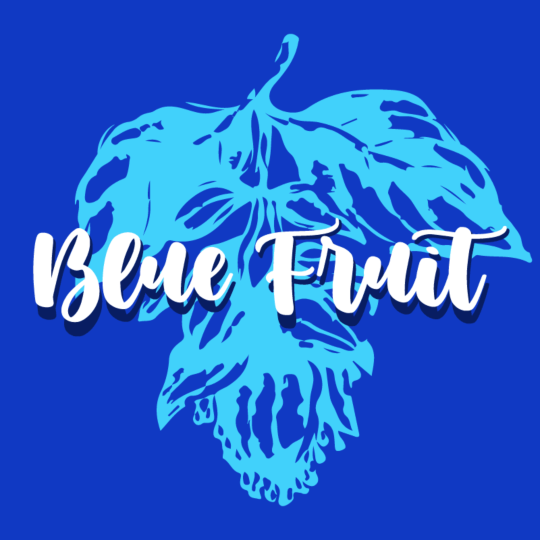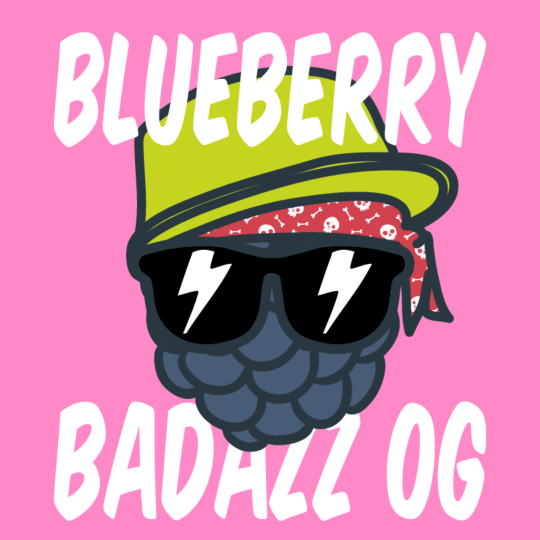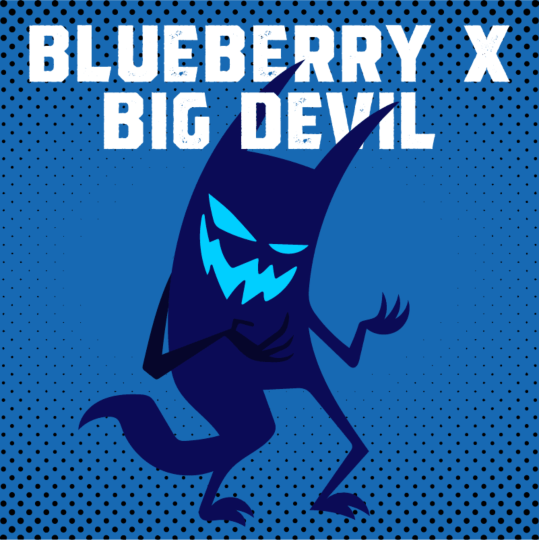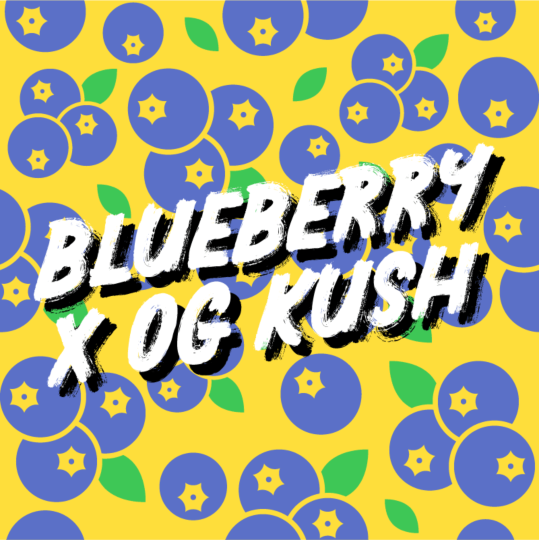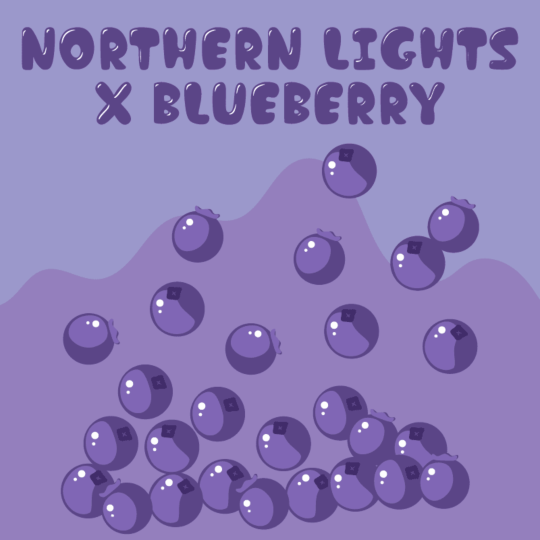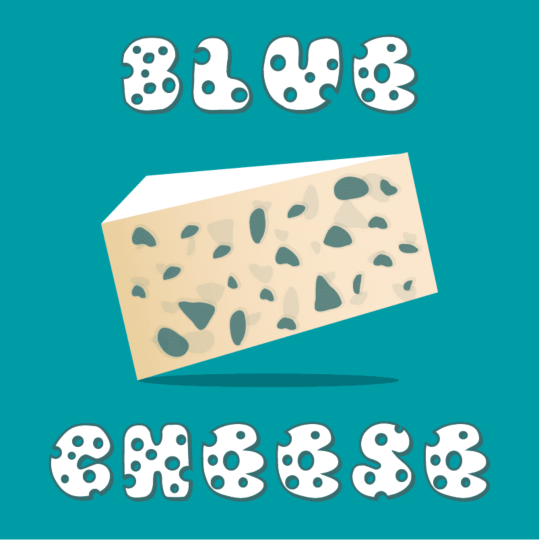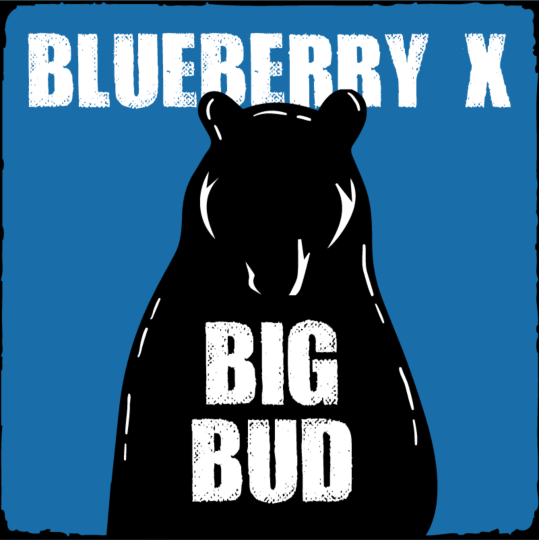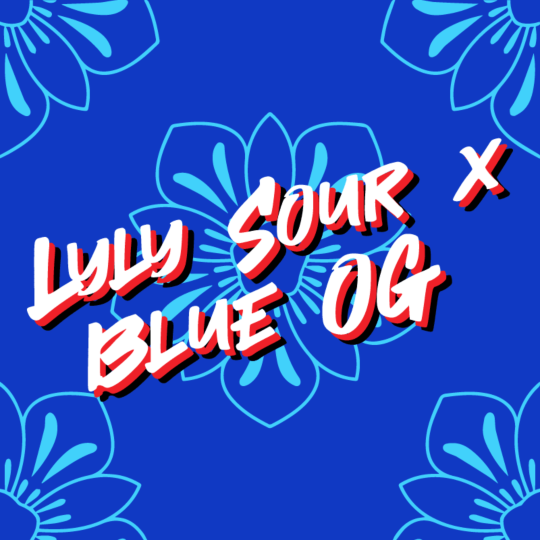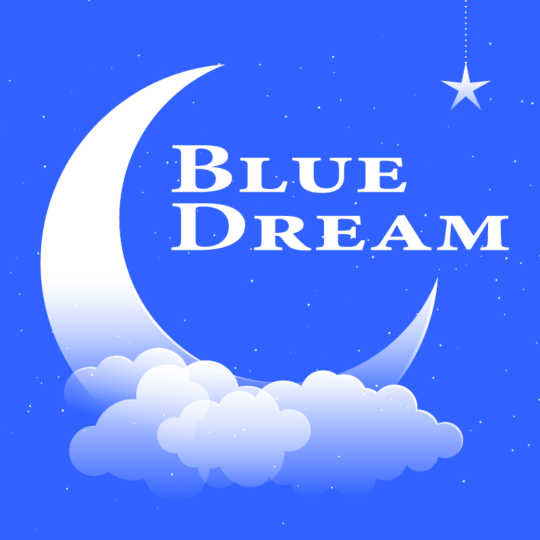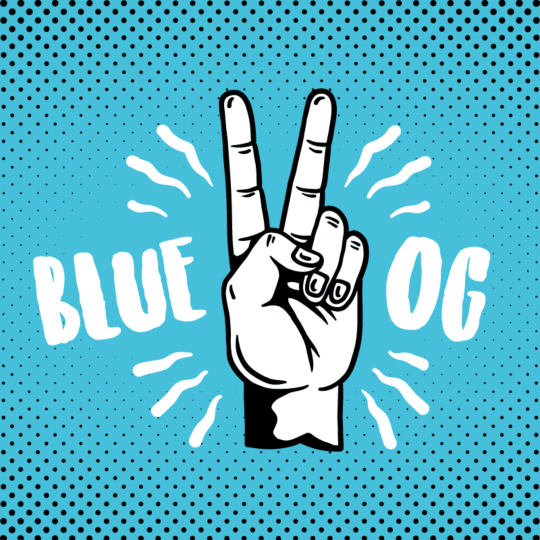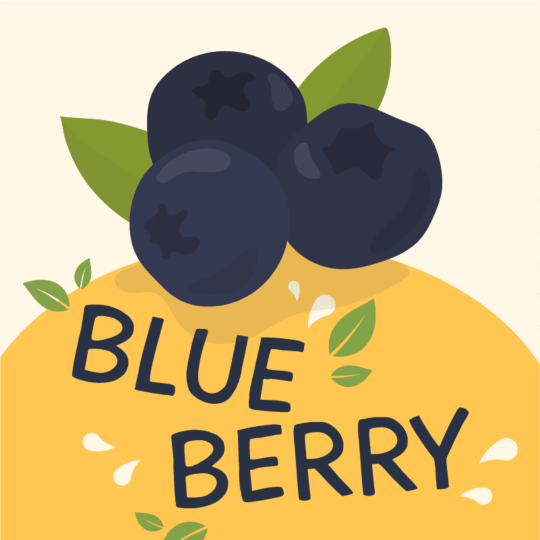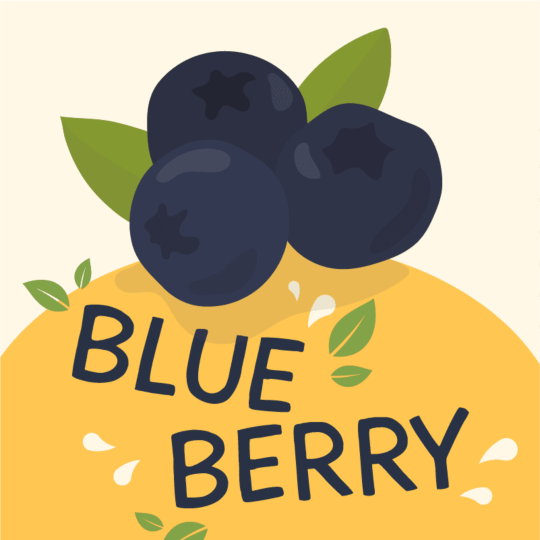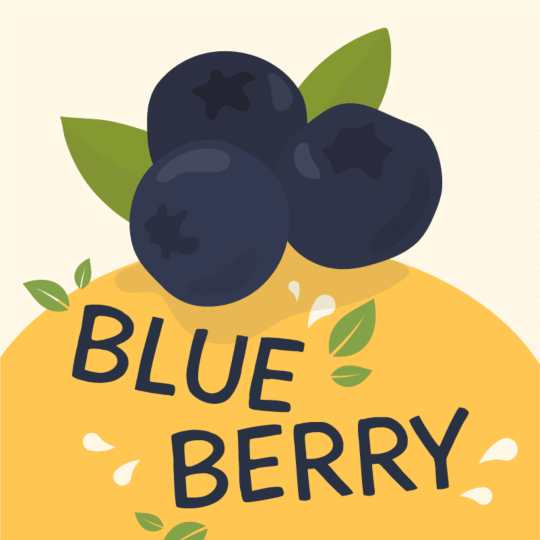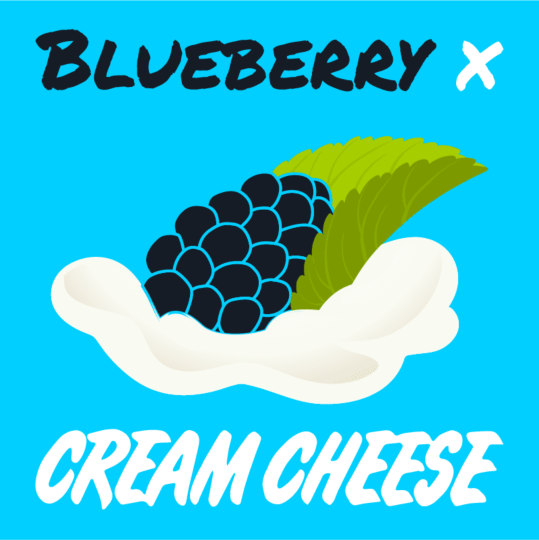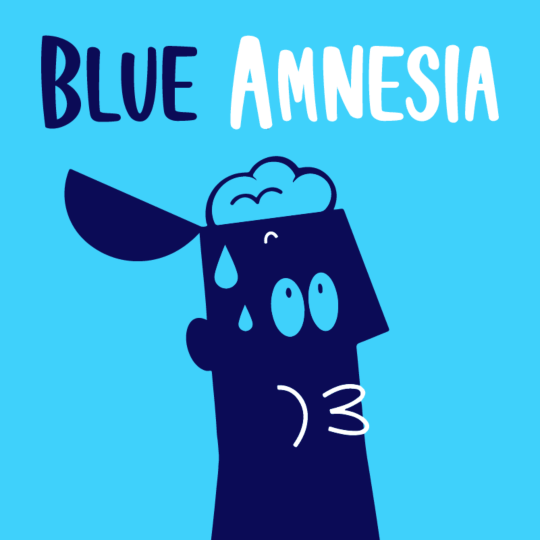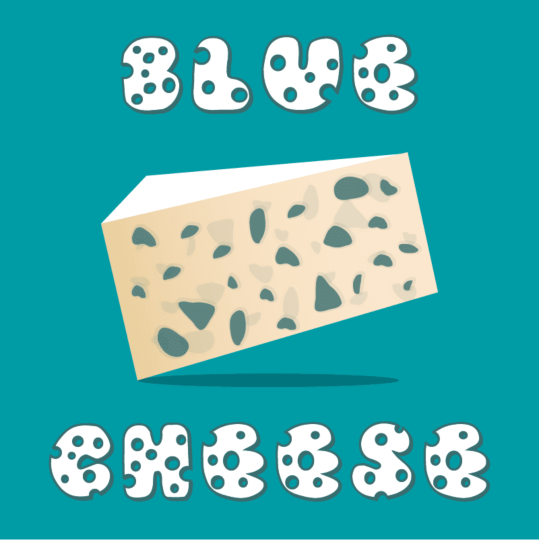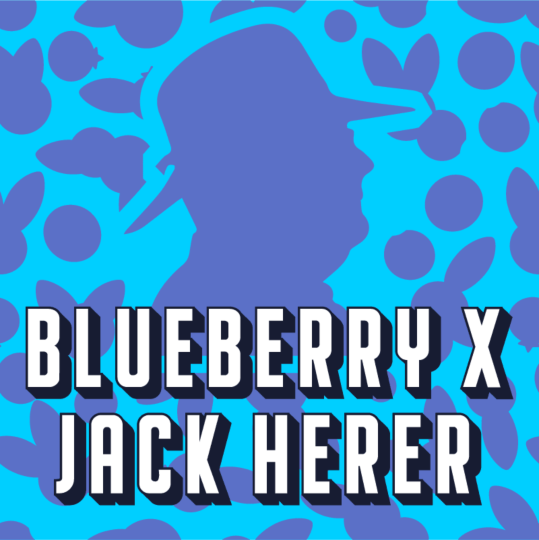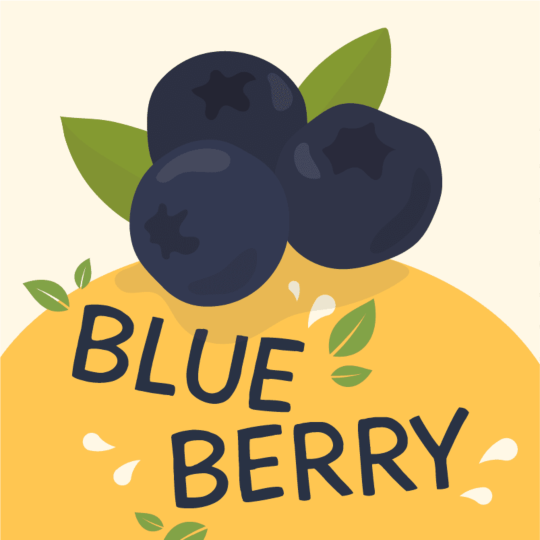Blue Seeds
-
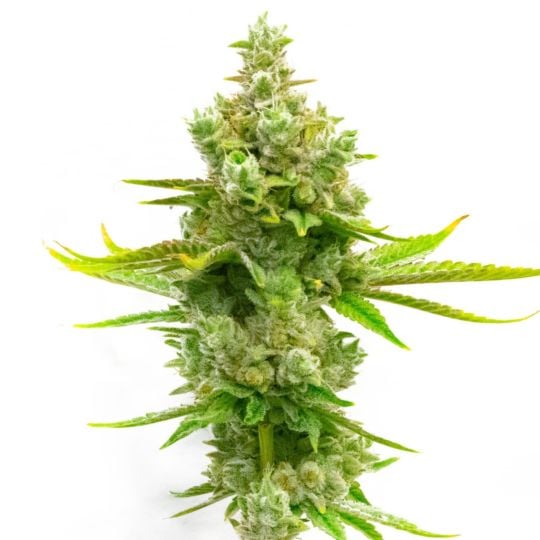 Blue Princess Fast Version Cannabis Seeds - Homegrown Cannabis Co.$49.00Variety: HybridTHC Content: High (15-20%)In stock
Blue Princess Fast Version Cannabis Seeds - Homegrown Cannabis Co.$49.00Variety: HybridTHC Content: High (15-20%)In stock -
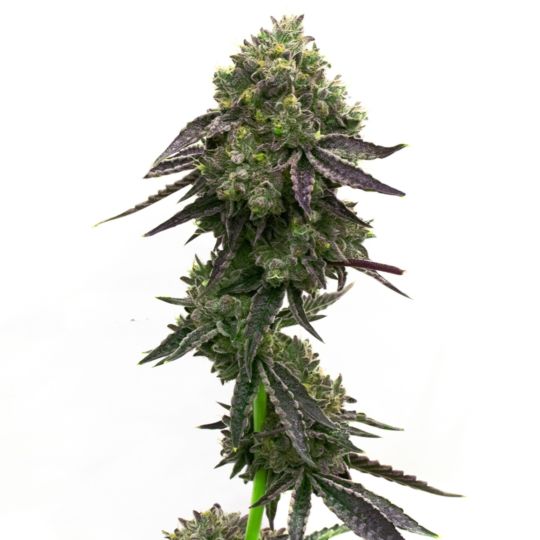 Blue Quartz Feminized Cannabis Seeds - Homegrown Cannabis Co.$49.00Variety: Mostly IndicaTHC Content: Very High (over 20%)In stock
Blue Quartz Feminized Cannabis Seeds - Homegrown Cannabis Co.$49.00Variety: Mostly IndicaTHC Content: Very High (over 20%)In stock -
 Blueberry x Cream Cheese Autoflower$55.00Variety: HybridTHC Content: Very High (over 20%)In stock
Blueberry x Cream Cheese Autoflower$55.00Variety: HybridTHC Content: Very High (over 20%)In stock
Though green ganja might be the first thing you think of when it comes to the color of weed, the truth is the blue strains will win out in any beauty competition. Varying from subtle hints of blue in the undertones to entire plants dominated by vivid blue shades, this cannabis family is undeniably stunning.
All known for their gorgeous hues, these stunning strains can actually vary immensely from one strain to the next. Still, SeedSupreme’s superb collection of classic blue cannabis strains are all bright, aromatic and intense.
From one family, hundreds of beauteous strains have been developed, showing the true awesomeness and potential that is contained within this herb’s heritage.
The history of blue weed strains
Blue weed strains rely on two factors—genetic predisposition and growing conditions. This information will be useful for our next section, but it also affects their narrative.
Even if a cultivar has the right genes, vivid shades come from cold-weather flowering. This requirement isn’t ideal for harvest size, though. So commercial dispensaries took their time before releasing these charmers to the market.
Blueberry was the first-ever blue weed strain to enjoy widespread success. It premiered in the 1970s in the Netherlands, reaching stardom in 2000 after a High Times Cannabis Cup gold medal.
Why are we doing a section on growing, then?
- All ‘blue’ weed seeds have a tinge of indica genetics, affecting cultivation.
- Knowing how to drop the temperatures helps you achieve vivid blue shades.
First up, blue weed and indica dominance. Indica genes exist even in sativa-dominant Blueberry crosses, producing short and resilient crops. They also tend to develop bushy foliage, necessitating regular trimmings to bypass moisture issues.
Generous feedings aren’t an issue for most blue strains. Watering can also be generous, and since most specimens are small, the Sea of Green training technique does wonders for yield quantity and quality.
Low relative humidity, mid-to-high temperatures, and strong grow lamps in indoor setups get plants humming in delight.
Tip: These rules are generalizations. Read up on strain requirements before sowing—after all, some indica crops are prone to nutrient burn, and autoflowers often dislike training. Know what you’re doing for optimal results.
Now, the other element. How to get blue weed nugs?
Anthocyanin production depends on reduced temperatures in late flowering. In outdoor setups, it’s as simple as leaving your garden out in the open (if the nights aren’t under 32 degrees). Indoor cultivators have to perform this task manually.
You’ll introduce your blue weed indoor garden to a day-night temperature differential.
Keep the daytime temperatures at 70–80° F. Drop them to 60–70° F at night to inhibit chlorophyll expression and bump up anthocyanins.
Maintain a consistent differential during the final three weeks before harvest time. Watch your blue weed crops get prettier by the day.
Fight the blues with blue weed
Blue weed is endlessly fascinating. Its fruit flavors, relaxation underpinned with joy, and super-resinous buds make it a must-try for any toker.
We’ve barely scratched the tip of the iceberg with example cultivars from this guide. Blueberry Bubble strain, Beyond Blueberry strain, Blueberry Zkittlez strain—we’re excited to see new and ingenious breeds pop up and gain traction on the market.
Until they do, why not try the blue weed strains discussed above? They embody the best traits of this family, giving you several starting points for exploration.
Choose one, buy seeds, and get growing. Follow the cultivation tips we’ve shared to ensure vibrant hues and achieve amazing bag appeal in your garden.

 THC
THC

